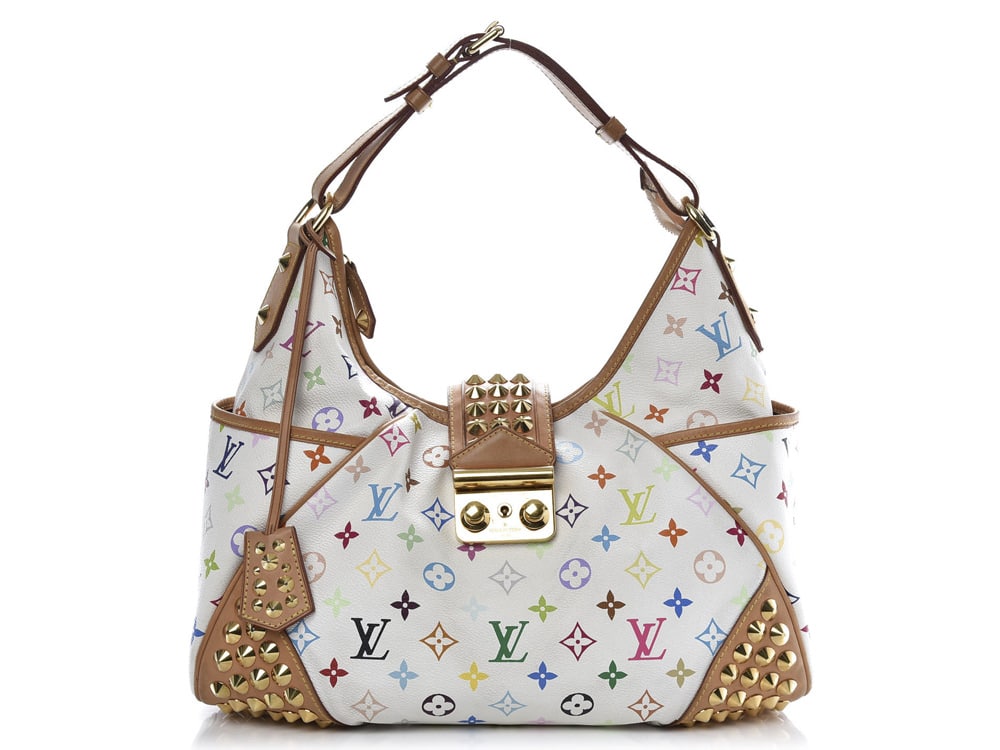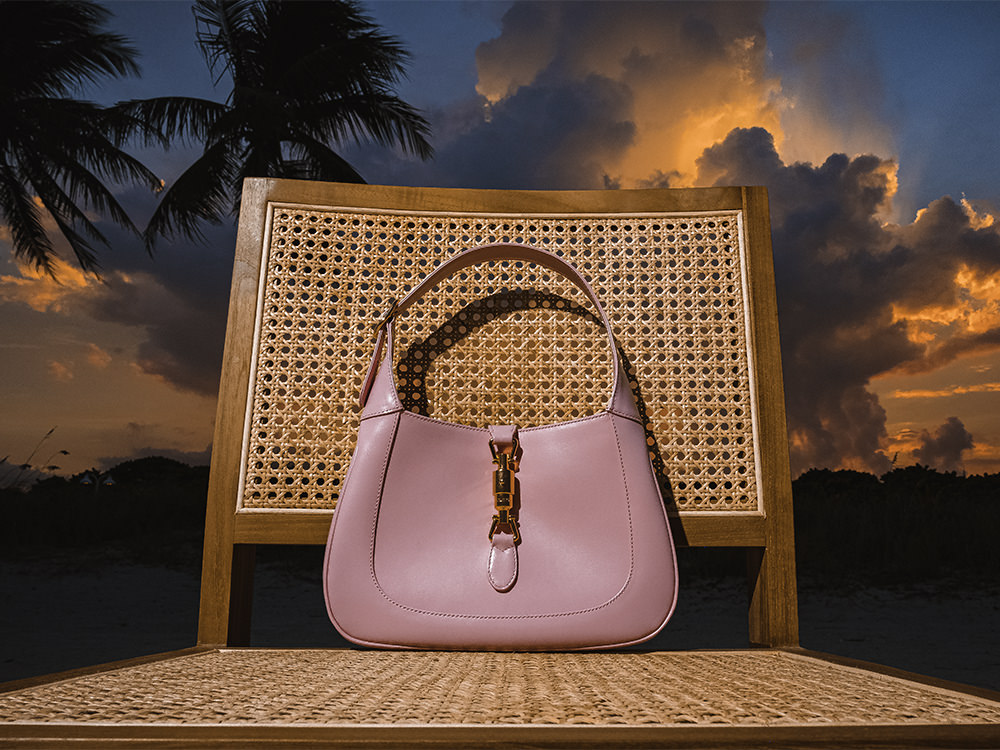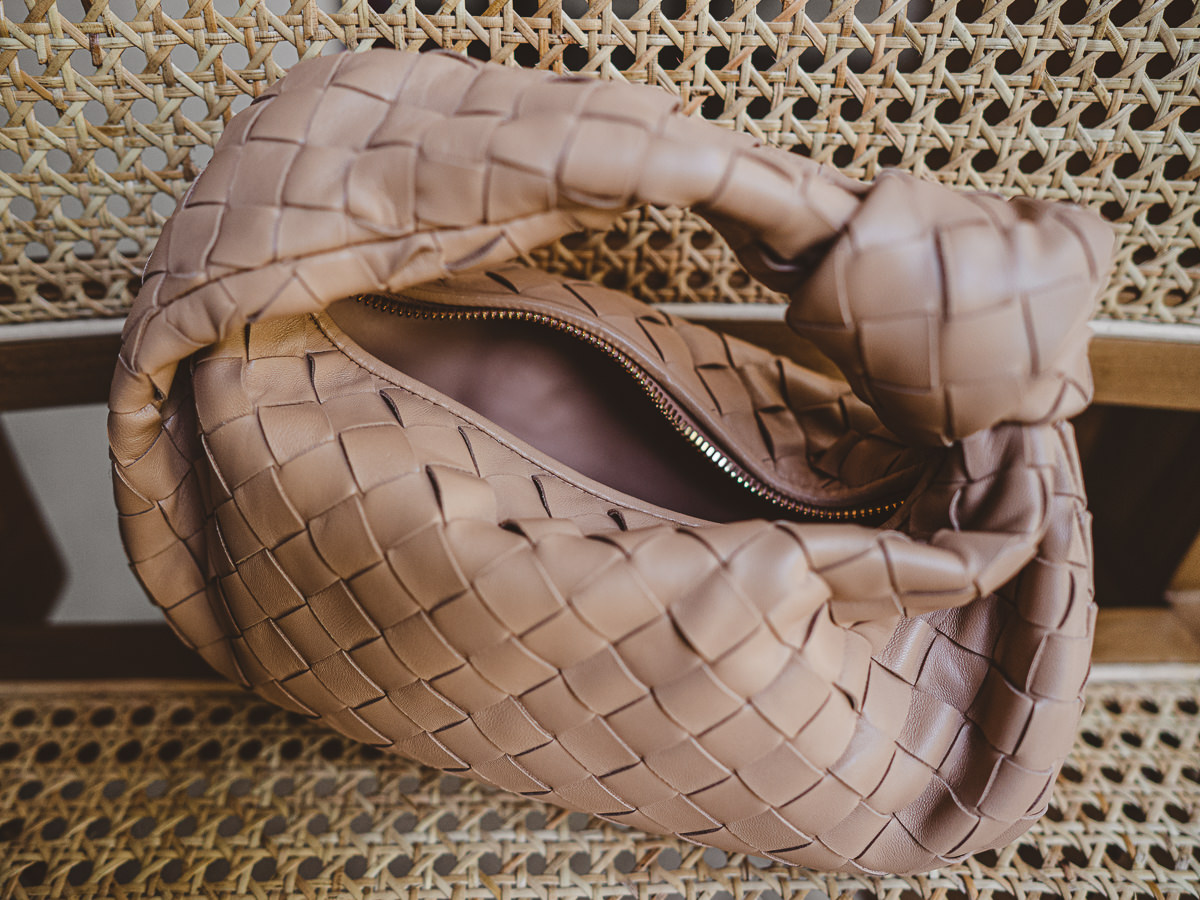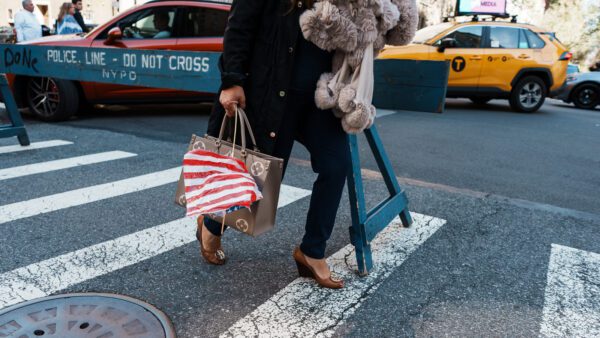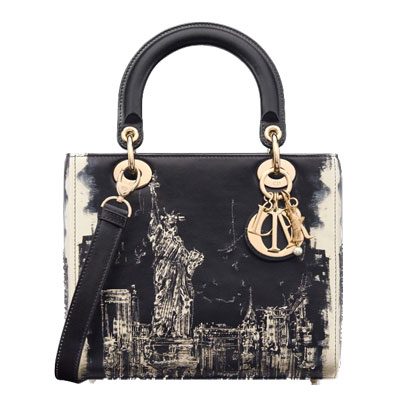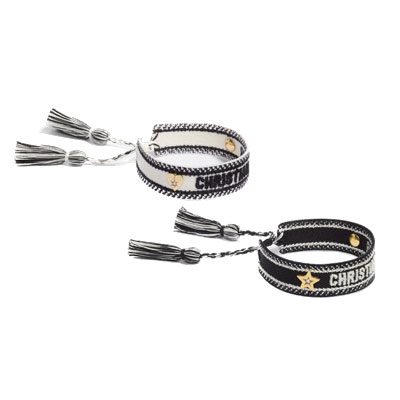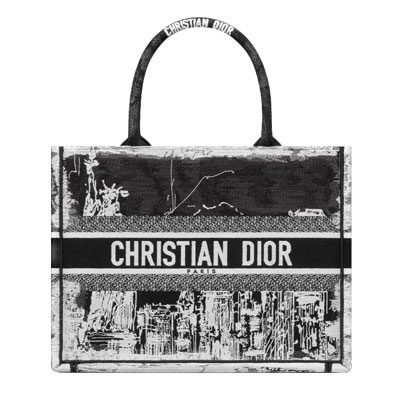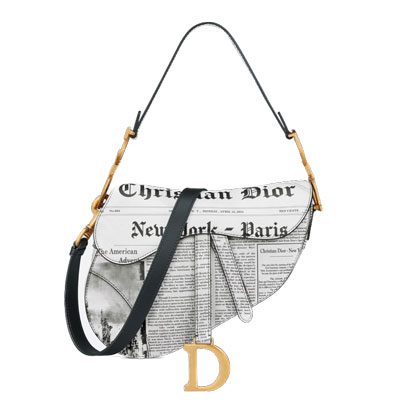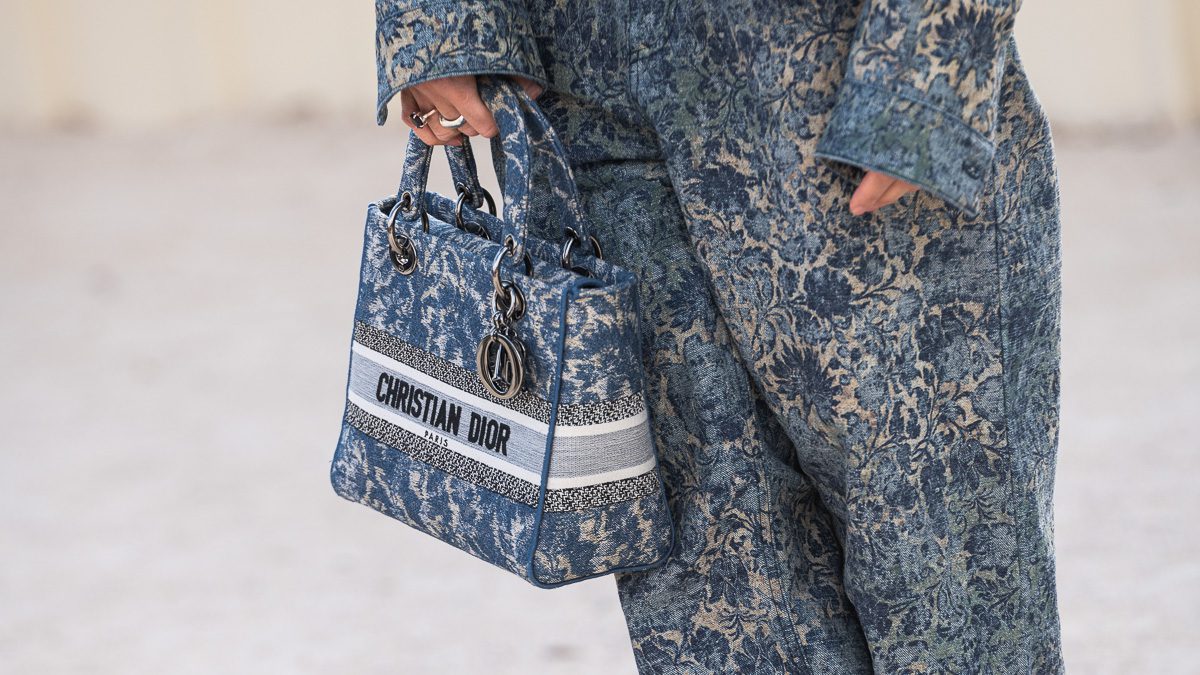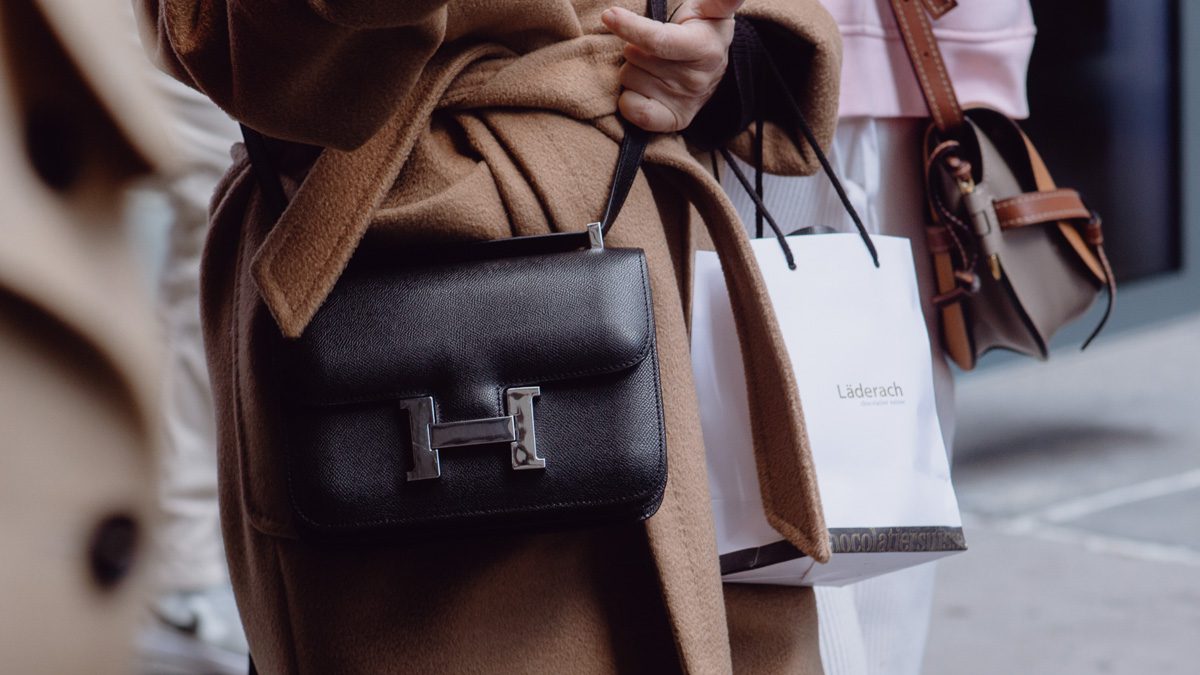Let’s admit it, we’re at that point in the market where handbags don’t really come in any “new” shape. From open totes to flap bags, we’ve seen it all, and anything that doesn’t conform to our recognized shapes, whether it be an airplane-shaped duffle or a dismembered Mickey Mouse head (I’m slightly inclined to call it a structured top-handle), are surreptitiously slid under the umbrella term of “novelty bags”. In fact, the last radically different design that excited us all was probably the Loewe Puzzle, but even that occupies a grey-ish territory between a duffle, crossbody, top-handle, and satchel.
Nowadays, bag shapes have moved towards defining a silhouette rather than serving as a dish for bells and whistles – the sleek curves of the Bottega Veneta Pouch or the structured essence of the Gucci Diana prove my point. It isn’t as much about what’s on the bag itself anymore as much as it is about creating a clean aesthetic. And one particular shape of bags has benefitted so immensely from this minimalist trend that it might as well have been transformed into a new style altogether. Yes, I’m talking about the hobo, and before you consider leaving this page right now, let me tell you that the popular perception people had about the hobos of the early aughts doesn’t really exist anymore. In fact, the hobo styles of 2021 happen to be some of the season’s most desirable bags, and there isn’t one crystal-embellished, fringed, and/or studded one in sight (looking at you, Christian Louboutin Lucky L Hobo)!
Although most common handbag shapes have had a (relatively) straightforward trajectory – the flap has grown since 1955 and novelties have been “in” since the Middle Ages, the hobo has had rather humble origins. The term comes from migrant workers who came to cities on freight trains, carrying their belongings on a sack tied with a bindle stick (the kind you see on Tom & Jerry). During the Great Depression, millions more were forced into this lifestyle, and “living out of a bag” became commonplace. This style of soft, large oversized bags that literally carried people’s lives was adopted and styled as the first commercial hobo bag in 1936. Originally, it retailed for only 35 cents. In fact, the hobo was very much in line with the late 90s/early 2000s trend of “grunge” fashion, its previously derogatory meaning appropriated by its supposedly “edgy aesthetic.”
This trend continued well into the 2010s, so much that nearly every It-bag of the era had its own hobo edition, whether it was the Chloe Paddington hobo, Balenciaga Day, the Fendi Croissant, or the more affordable, but by no means less coveted, Rebecca Minkoff Nikki. Clearly, what had started off not entirely unlike simple transport sacks had blown up into one of the most maximalist displays of wealth ever (remember the Diane Von Furstenberg Stephanie?)! Chanel even went so far as to design the gigantic Coco Cabas XL, inspired by garbage bags, and if that’s not the best example of understated chic, I don’t know what is. The 2000s hobo wasn’t spared from the logo treatment either, whether it was the Louis Vuitton Multicolor Chrissie, the HUMONGOUS Suriya XL, or the Gucci GG Supreme Horsebit Chain Hobo.
But then, quite suddenly, in fact, the hobo died. It wasn’t even during the era of “the mini-er, the better”; rather, it became simply unfashionable to carry that big bulging lump of sumptuous, smooshy leather. Thus, all the Fendi Spys and Coach Editorial Zoes went back in storage, and honestly, the fashion industry as a whole sort of lost direction. Don’t get me wrong, it was a major turning point alright, with modern classics like the Saint Laurent Sac de Jour, Givenchy Antigona and Céline Luggage in their nascent stages. But as one Vogue piece puts it, “The hobo bag is full of just that: fun. Its strap is strong, its body is expandable, curvy, and carefree, sometimes with a bit of slouch. It’s made for a day of shopping—stuff a pair of vintage jeans in there!”
Indeed, the departure of the Y2K era, and that of the hobos of yore with it, creates polarized opinions – some of our PurseForm ladies continue to swear by them, while some have shifted to the other side. And it’s not like the naysayers don’t have a point. Hobos did tend to get pretty oversized, sometimes quite heavy, and turned into what most bag-users fear, a black hole (also the reason my mom has misgivings about getting one for herself).
Can the same be said of the hobos of 2021, though? Not at all! In fact, the hobo has now become one of the most flexible and versatile silhouettes on the market, coming in scores of different sizes, starting from the Prada Nylon Re-Edition Hobo on the smaller end of the size spectrum to the everyday-appropriate Gucci Jackie 1961 to the reissued Fendi Croissant, all updated takes on early-2000s styles elevated to 2021-chic! And guess what, the bag that celebs, influencers, and editors alike just can’t get enough of, the Bottega Veneta Jodie, is also a hobo!
So, like everything else in fashion, the hobo has undergone a popularity curve. We’ve seen super showy ones as well as ones that are pretty incognito, and we’ve had ones that could fit a body in it as well as those that can barely hold your phone. And now, we’ve reached that point where it’s a classic; it strikes a perfect balance: not as small as a Baguette, but not as huge as a tote, and yet it’s conveniently shoulder-carried like a Baguette while being spacious like a tote. Hobos have become more accommodating than most bag-shapes out there, and it’s already in the midst of a major comeback. In hindsight, it probably never left our minds in the first place. Why else would fashionistas have continued to debate about it for all this time?

